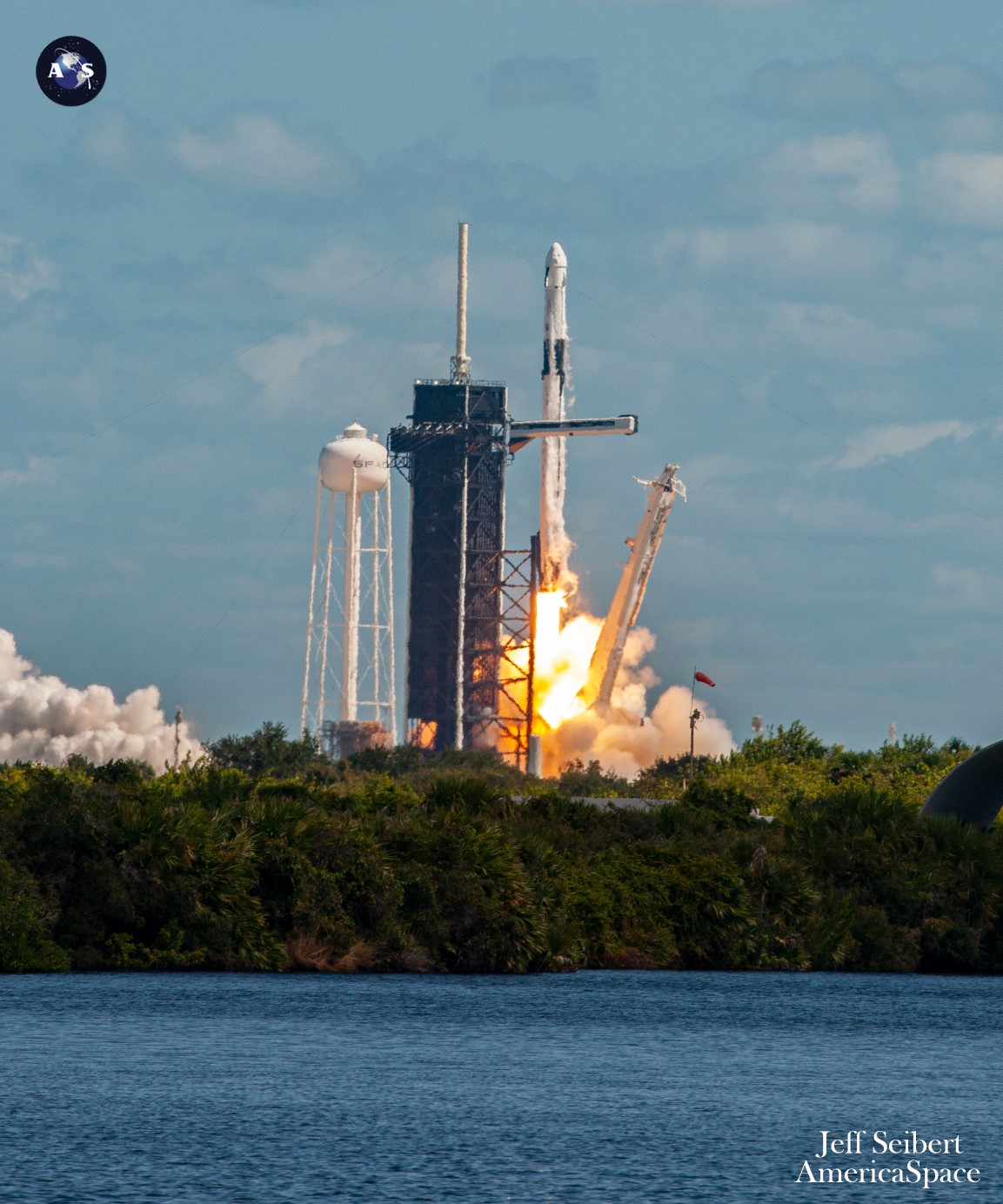
SpaceX is targeting just past midnight, early Thursday, for its first Falcon 9 launch of August and its tenth geostationary-bound mission of 2023. The veteran B1077 core—which first saw service last October to lift Dragon Endurance and her Crew-5 complement of NASA astronauts Nicole Mann and Josh Cassada, Japan’s Koichi Wakata and Russian cosmonaut Anna Kikina—to the International Space Station (ISS), is slated to rise from storied Space Launch Complex (SLC)-40 at Cape Canaveral Space Force Station, Fla., during a two-hour “window” that opens at 12:15 a.m. EDT.
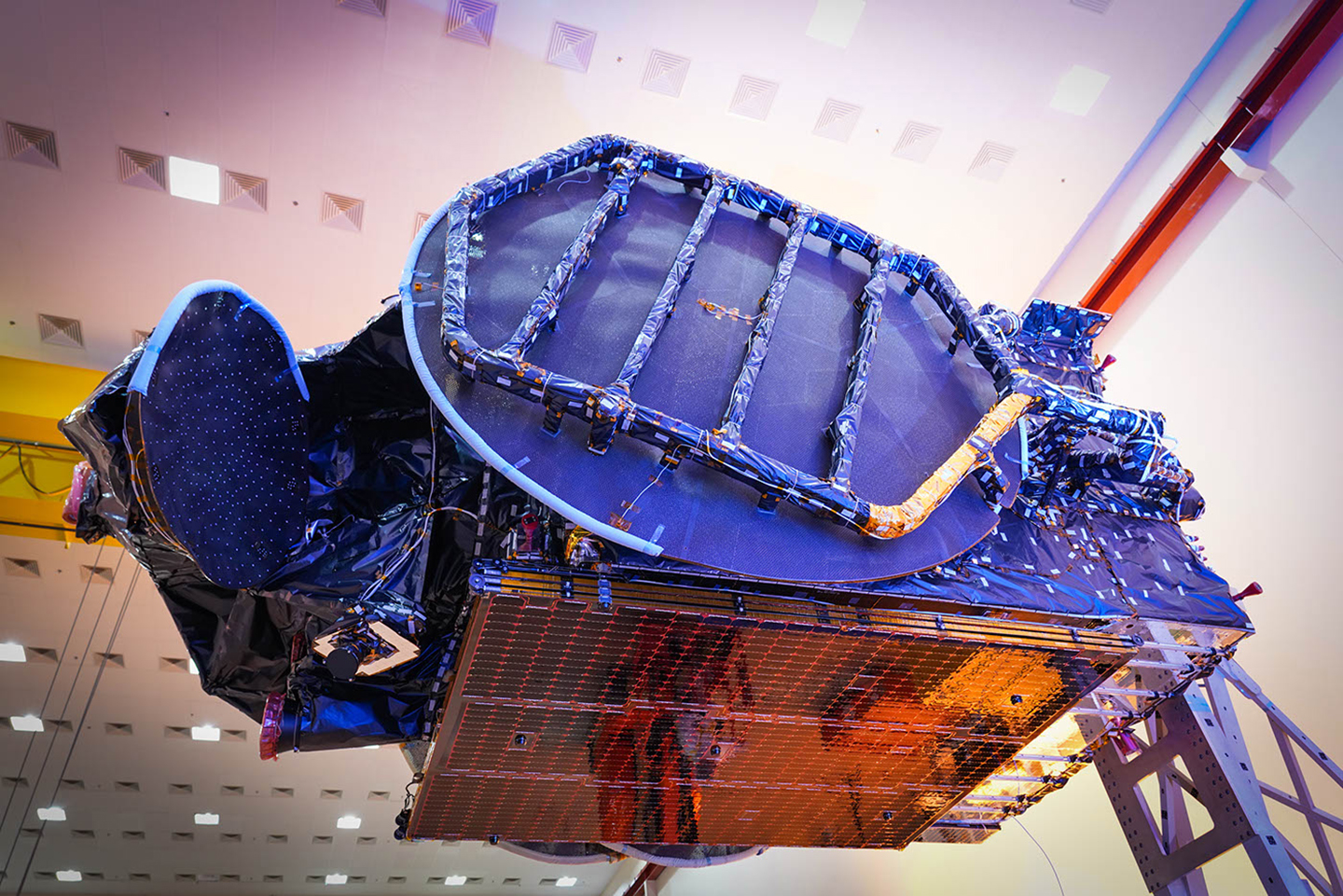
Aboard the Falcon 9 is Intelsat’s Galaxy-37 C-band communications satellite, built by Maxar on the bones of its SSL-1300 “bus”. Originally earmarked to ride Europe’s Ariane 5, this particular satellite was subsequently remanifested onto SpaceX and will enter service at 127 degrees West longitude, replacing Galaxy-13, which has been in orbit since October 2003 and is rapidly approaching the end of its operational lifetime.
It will mark the fifth Galaxy to fly atop a Falcon 9 within a year, coming on the heels of the dual-stacked Galaxy 33/34 twins last October and Galaxy 31/32 last November. Contracts to build a total of five satellites—Galaxy 31, 32, 35 and 36—were awarded to Westminster, Colo.-based Maxar Technologies, Inc., in June 2020, in furtherance of a Federal Communications Commission (FCC) directive to reallocate 300 megahertz of C-band spectrum to 5G terrestrial wireless services by December 2023, whilst a sixth, Galaxy 37, was contracted to Maxar the following September.
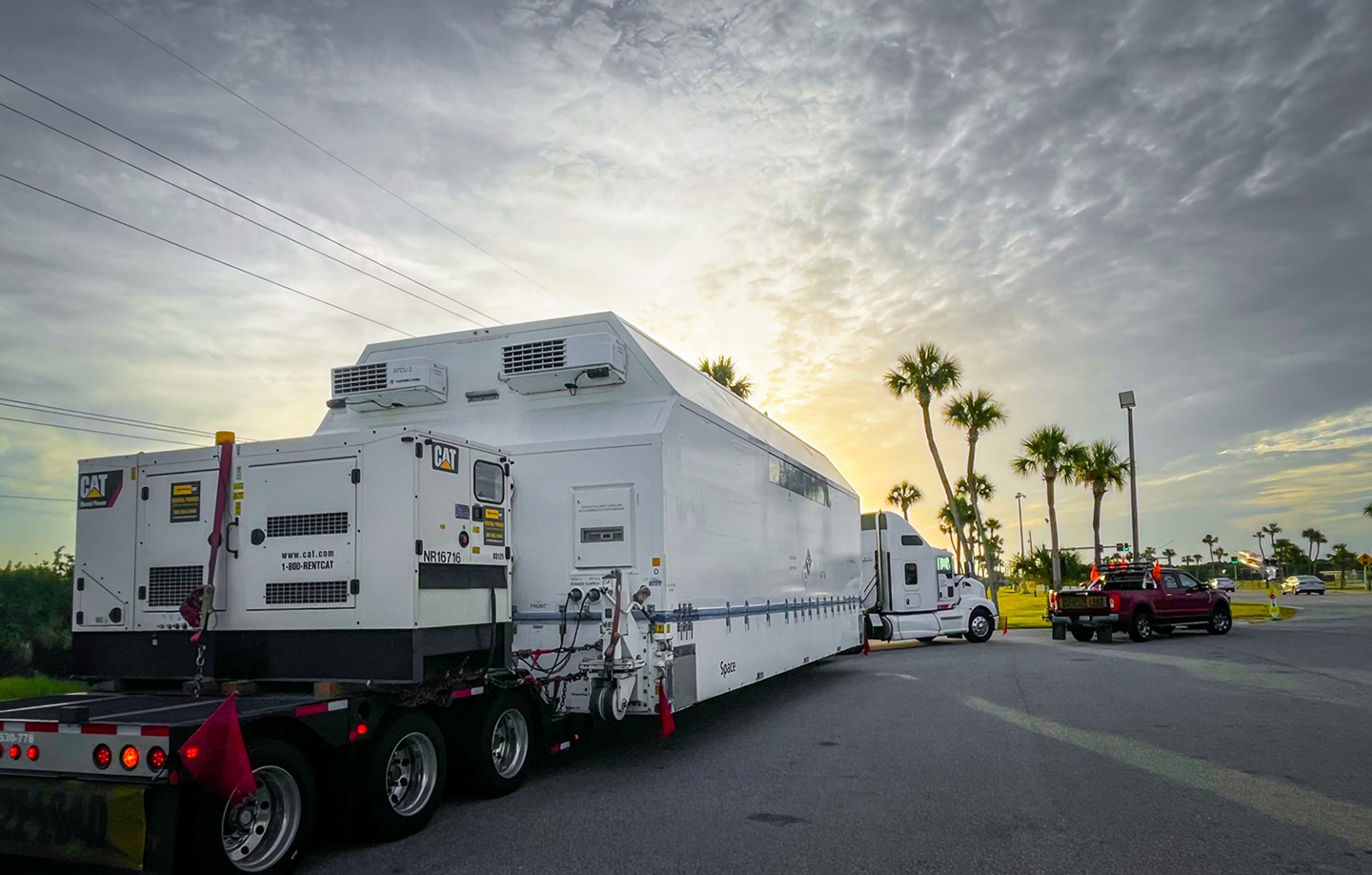
The new satellite is capable of supporting a payload power up to 12 kilowatts, as many as 70 transponders and a total spacecraft mass that tops-out close to 12,000 pounds (5,500 kilograms). In addition to its main role of television media broadcasting and telecommunications services, Galaxy 37 features a Japan-licensed Ku-band payload, known as Horizon-4, which is jointly owned by Intelsat and JSAT International, the U.S.-owned subsidiary of SKY Perfect JSAT Corp. Galaxy-37 arrived on the Space Coast last month for pre-launch processing.
Last weekend, the Autonomous Spaceport Drone Ship (ASDS), “Just Read the Instructions”, put to sea out of Port Canaveral to recover B1077 as it returns from its sixth launch. First used last October to lift Crew-5, the booster went on to fly four more times between January and June, delivering 56 Starlink low-orbiting internet communications satellites, a Block III Global Positioning System (GPS) payload for the U.S. Space Force, the geostationary-bound Inmarsat 6-F2 and the most recent Cargo Dragon to the ISS.
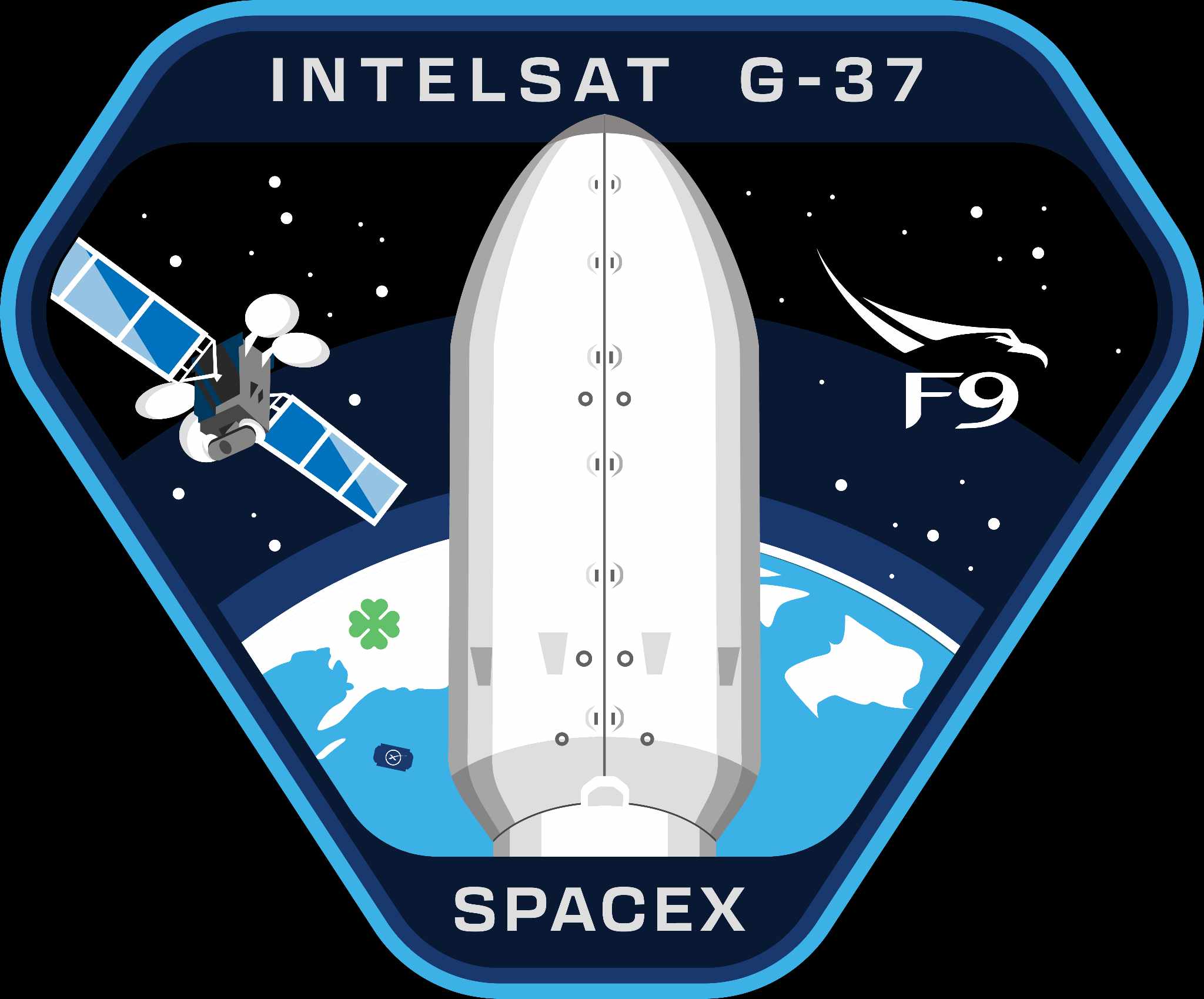
Those missions saw B1077 form half of a pair of boosters which set a new record—now broken—of only nine hours and ten minutes between two Falcon 9 flights. And last March, she closed out SpaceX’s first-ever eight-launch month.
Tonight’s launch window opens at 12:15 a.m. EDT Thursday and runs for two hours, with an identical backup opportunity at the same time Friday. The weather outlook appears highly favorable, with a 90-percent probability of acceptable conditions tonight, declining slightly to 85 percent for tomorrow evening, with cumulus clouds and anvils being the main violating factors which may conspire against an on-time launch.
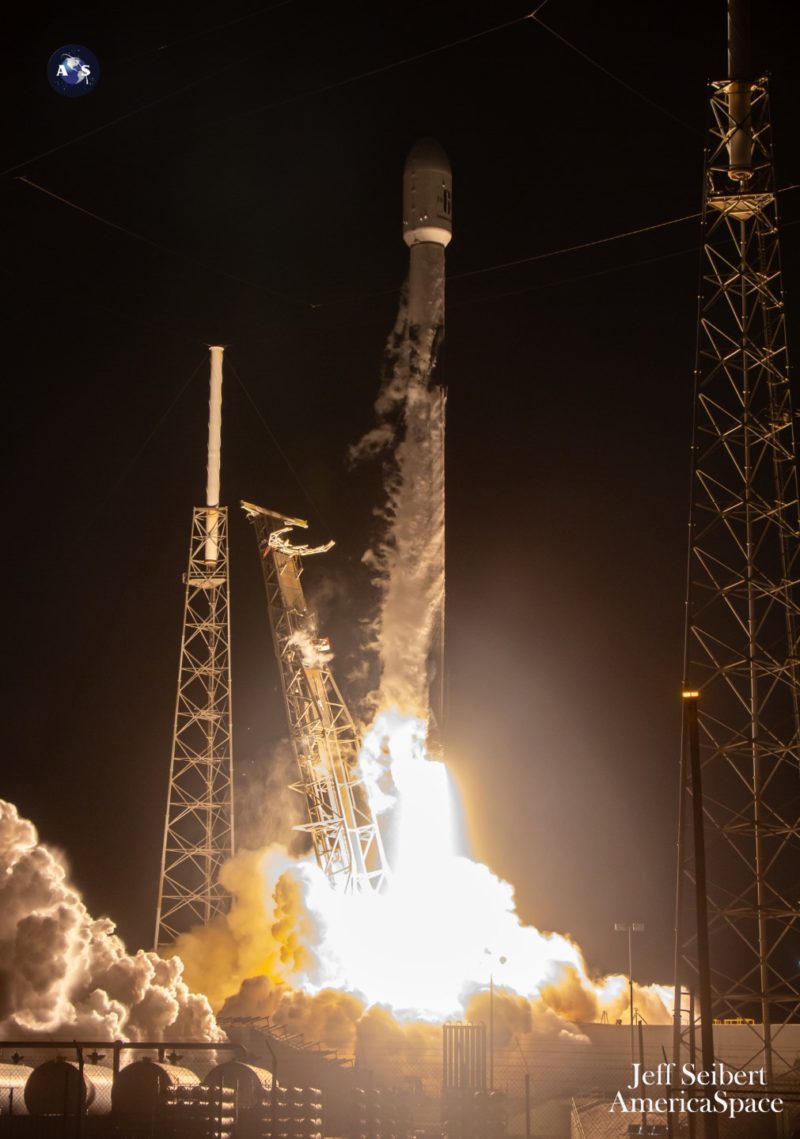
A weak surface boundary, draped across North Florida and the southeastern United States, is expected to clear to the south of the Cape later today. This will push storms towards into the center and west of the peninsula, “with only a small concern for anvils to linger in their wake during the primary launch window,” noted the 45th Weather Squadron at Patrick Space Force Base in its weather update, issued Monday.
“There will also be a limited threat for onshore-moving Atlantic showers,” it continued. “The surface high moves out into the Atlantic on Thursday, keeping low-level flow onshore, though lighter, as its axis slides overhead.
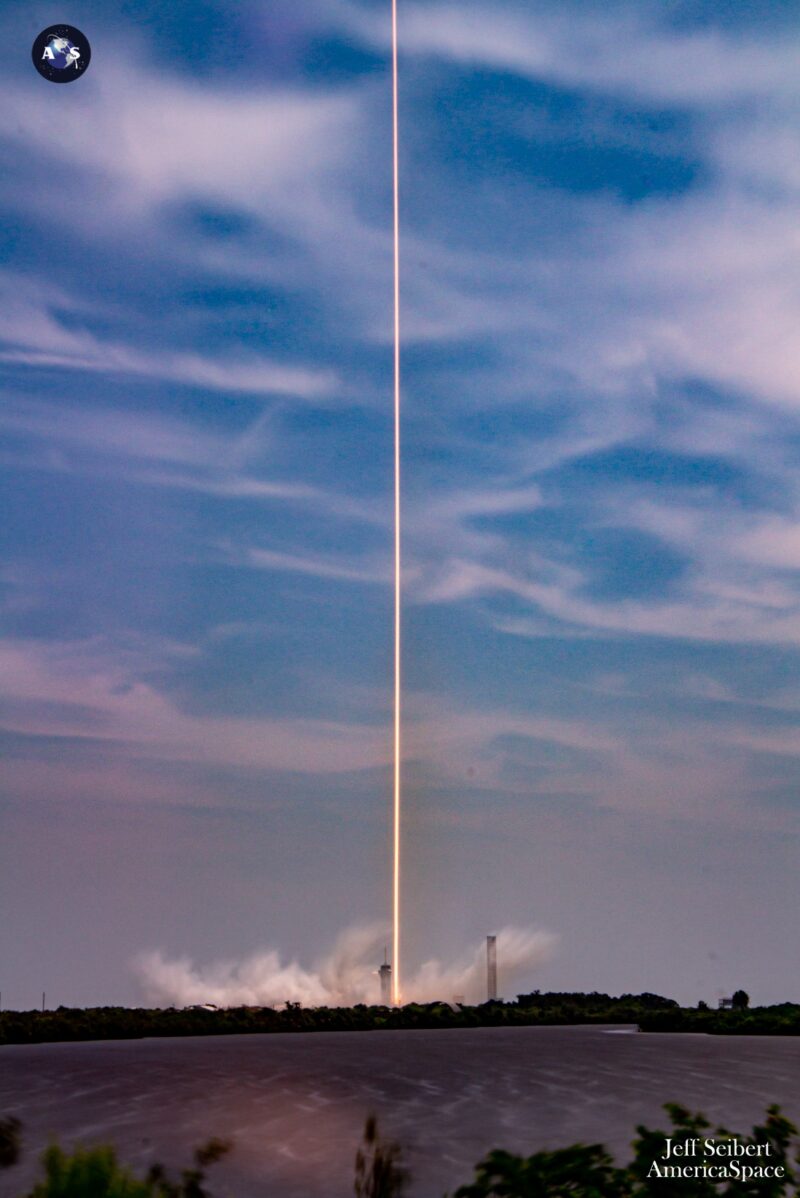
“Not much change in local weather over the Spaceport from Wednesday,” the 45th added. “But a better chance of storms across North Florida brings a small increase in the threat for anvil clouds to reach the Spaceport during the backup window late Thursday.”
An on-time launch will see B1077 power the Falcon 9 aloft for the opening 2.5 minutes of ascent, before descending to touch down on JRTI’s expansive deck about 8.5 minutes into the flight. The Merlin 1D+ Vacuum engine of the second stage will then execute a pair of “burns”—the first lasting a standard six minutes, the second, later in ascent, for just shy of a full minute—to deliver the heavyweight Galaxy-37 on course for insertion into Geostationary Transfer Orbit (GTO).
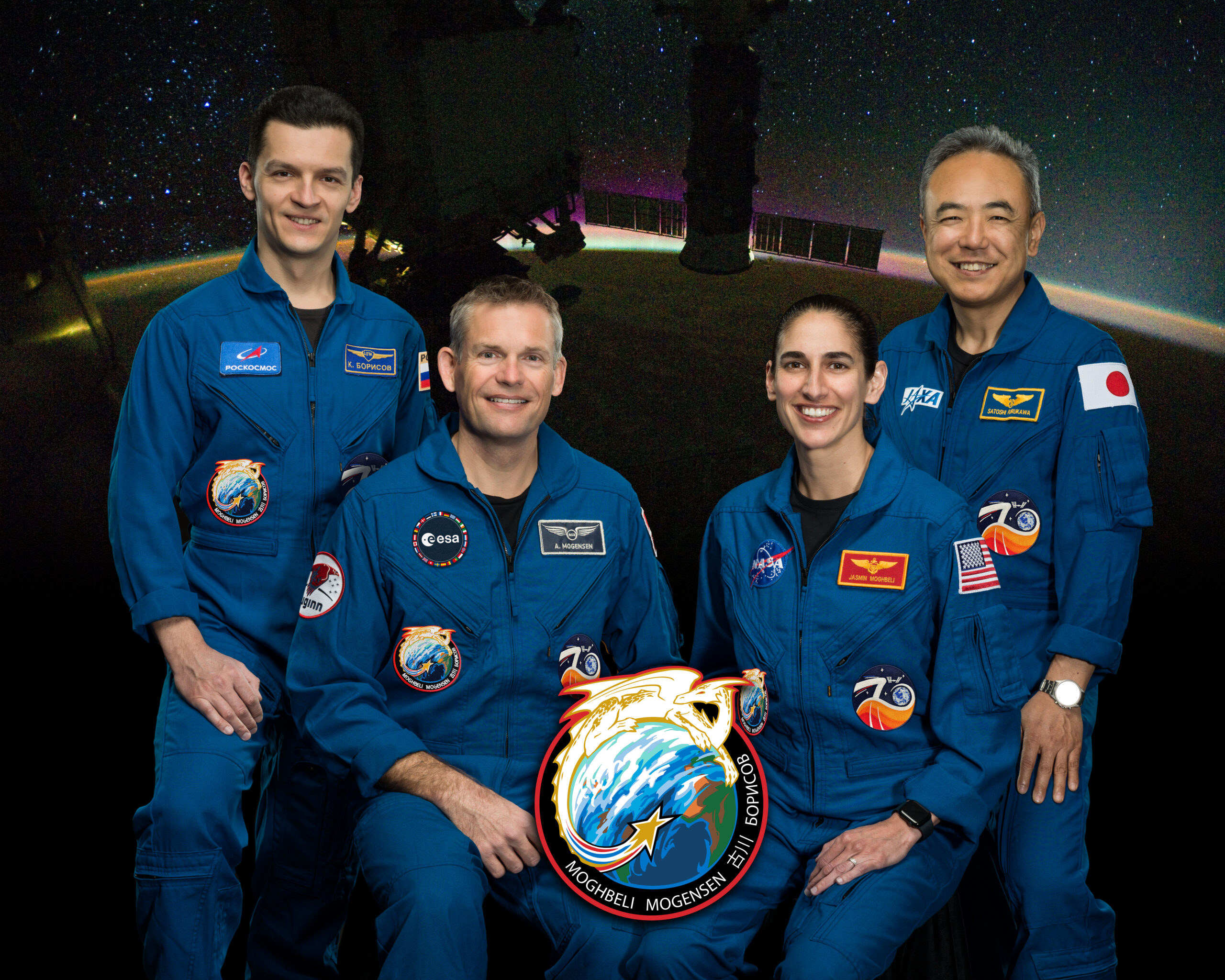
Tonight’s mission will kick off a busy August for SpaceX, which will most notably see the launch of Dragon Endurance and her Crew-7 quartet of NASA astronaut Jasmin Moghbeli, Denmark’s Andreas Mogensen, Japan’s Satoshi Furukawa and Russian cosmonaut Konstantin Borisov. Heading for a six-month increment aboard the ISS, their mission will see Mogensen become the first Dane to command the orbital outpost and marks the first Crew Dragon to include as many as four sovereign nations aboard.
Originally targeting launch from historic Pad 39A at Florida’s Kennedy Space Center (KSC) on 15 August, Crew-7 was realigned for No Earlier Than (NET) the 17th, before NASA announced Tuesday that it was aiming for 5:23 a.m. EDT on the 21st, with a backup option at 3:49 a.m. EDT on the 25th. It was noted that the slippage was in response to a need for additional processing at Pad 39A—vacated last week by the year’s third Falcon Heavy—and to better co-ordinate with a busy plate of ISS-bound visiting vehicles.
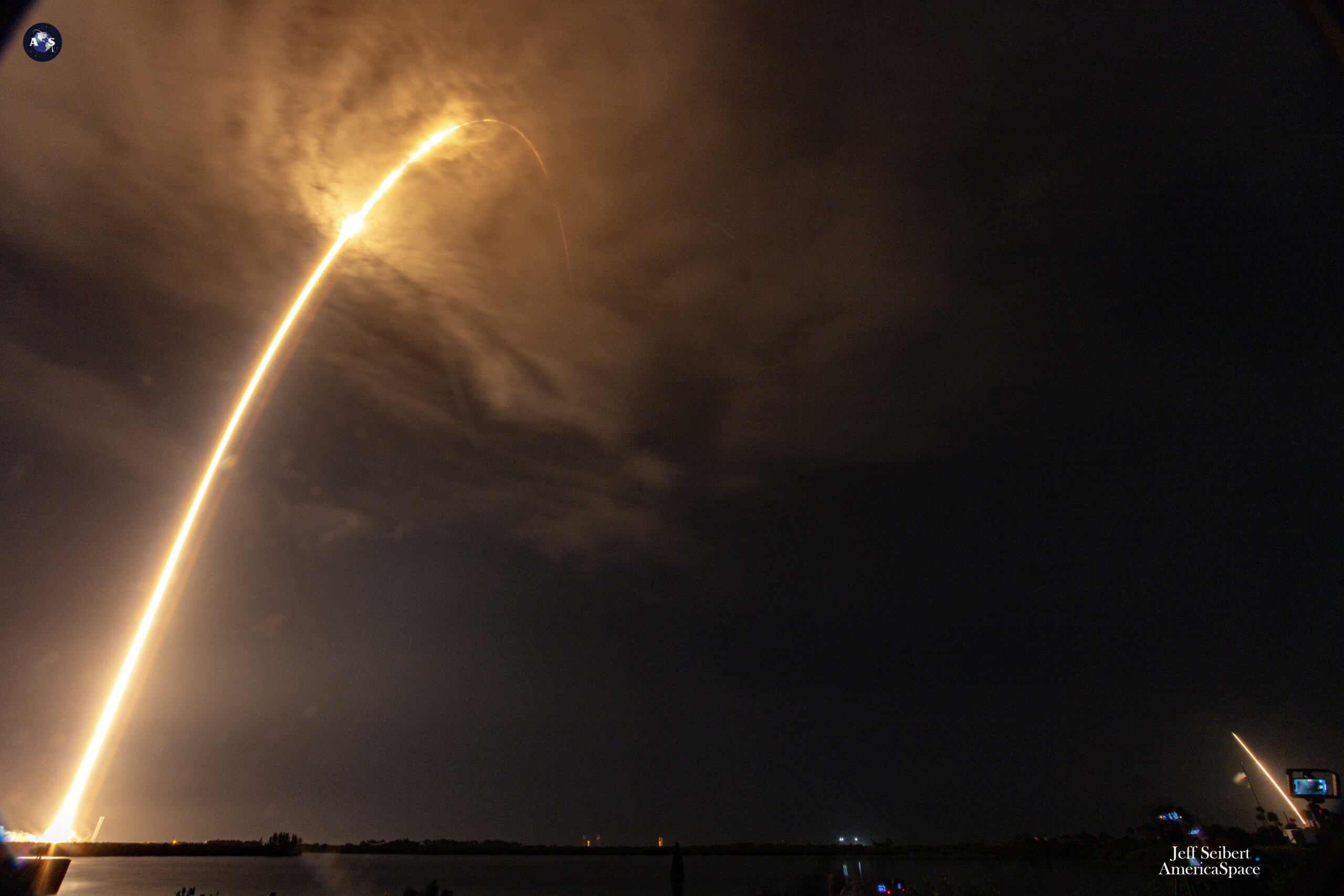
August comes on the coattails of a dramatic July, which marked on the third calendar month that SpaceX has flown as many as eight missions. Those flights emplaced more than 180 Starlinks into low orbit to serve a growing network of over 60 sovereign nations, as well as Europe’s Euclid deep-space observatory and the Falcon Heavy, laden with the largest and heaviest communications satellite ever carried to GTO.
Notably, SpaceX’s most recent launch of the Falcon Heavy on the last day of July marked the first time that as many as three of these triple-barreled behemoths have flown in a single calendar year. Two previous Heavies in mid-January and late April were devoted to the ViaSat-3 mission and a classified payload for the U.S. Space Force.





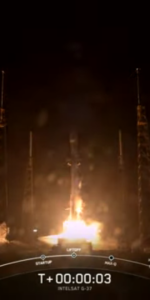
2 Comments
2 Pings & Trackbacks
Pingback:SpaceX Begins August, Reflects on Quarter-Millennium of Launches - AmericaSpace
Pingback:SpaceX Racks Up Four Launches Inside August’s First Two Weeks - AmericaSpace